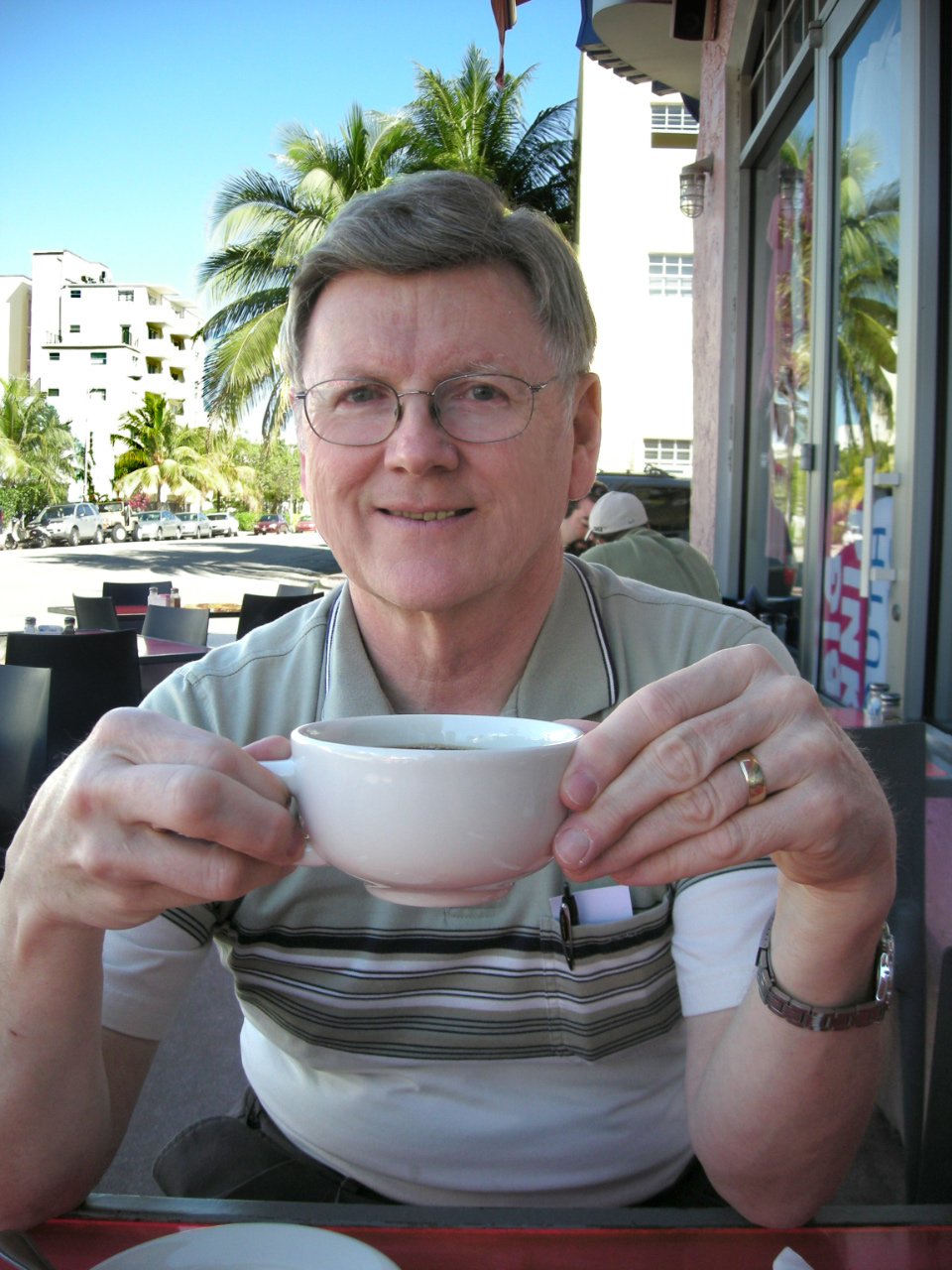One of the prominent attractions of Alexandria is the library. The
modern library of Alexandria was completed in 2002 at a cost of about $220 million dollars. The inspiration was
the ancient library of Alexandria. Apparently, actual dates for both construction and destruction of the original are a matter of some historical dispute. Destruction was around 400 A.D. and there is some evidence a Caesar was involved. The $220 million in funds was largely donated by other countries with
Saddam Hussein's $21-million check reportedly clearing just days before the Gulf War.
At any rate, the modern library is quite an architectural work. See the maps on the previous post to locate it. We took a taxi over for a good look today.

Coming from the Corniche side of the building, we finally found a tiny sign marking the "main entrance" and were asked if we had our tickets. No, we thought we were doing good to find an entrance. It took a bit of doing to find the ticket window, "behind the statue, around the corner!" The price of a ticket was ten pounds Egyptian, about $1.60 No purses allowed but "you may want to keep your money," read the sign.
The security check was quite thorough. Normally, in Egypt, westerners can just keep walking when the metal detectors sound. The security people only check the Middle-Eastern looking folks. They've got this profiling thing down! Today, I was actually asked to place my camera, cellphone, etc. on a tray and pass through the detector.
Of course, I set off the alarm. The portable scanner was called into play and spotted metal in my shirt pocket. Sure enough, a wood screw. (an upcoming post, I promise!) Credit cards in my wallet too! Wow, these people are serious.
We finally got inside. The view from the top floor is pretty dramatic. That is an exhibit of printing press technology near the center of the photo.

There were lots of empty desks among the 2000 in the reading room and lots of empty shelves with only 500,000 books so far in the planned 8,000,000.
Now that I know about "
The Alexander Quartet" by Durrell, I naturally checked to see if a copy of those books were here. I only found the fourth volume, Clea, on the shelf. Justine, Balthazar and Mountolive were nowhere to be found.

I then checked the American literature section for one of my favorite works of fiction.

But, wait a minute. What is that sticker at the bottom of Mark Twain's classic?

Well, it is an American classic so what better place to have found it. There must be an interesting story that goes with this. We checked to see if we could donate books easily and it appears that we can. So perhaps on future trips we can help edge the book count closer to 8,000,000.






















































